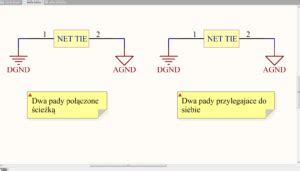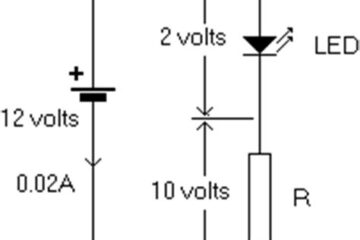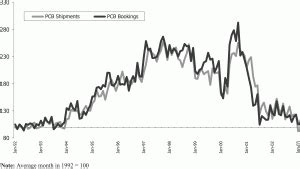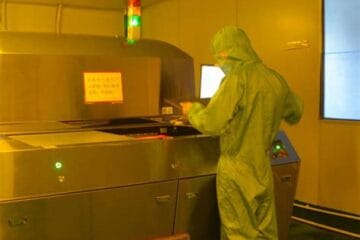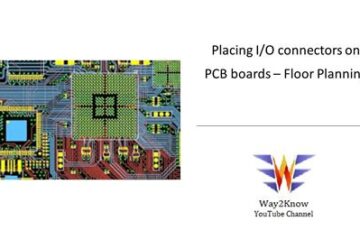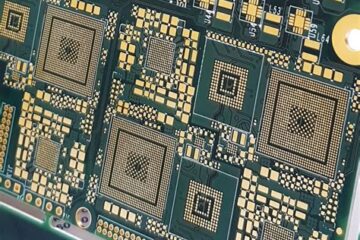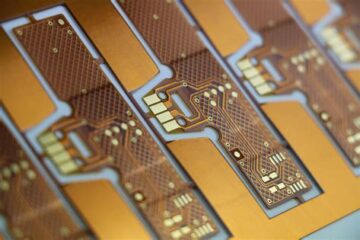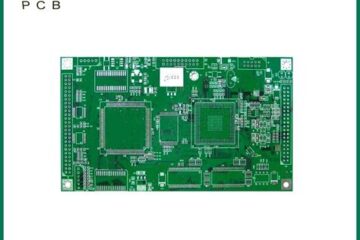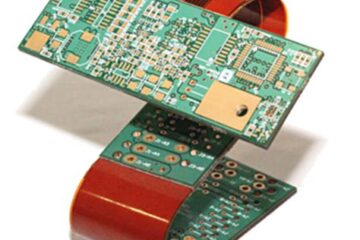PCBA
Using Net Ties To Meet PCB Design Requirements
What are PCB Net Ties and Why Are They Important? PCB net ties, also known as net stitching or plane stitching, is a technique used in printed circuit board (PCB) design to connect power and ground planes together at strategic locations. This is done by placing small copper connections, or Read more…
